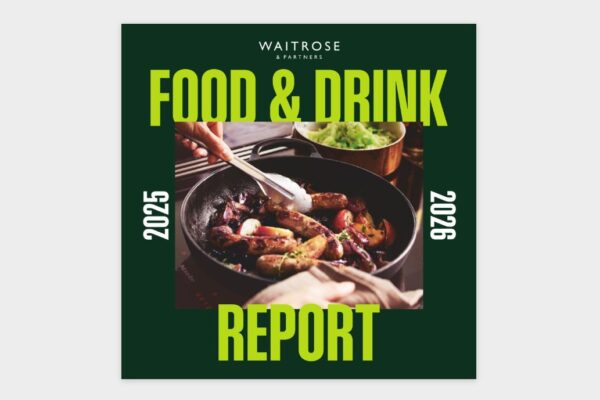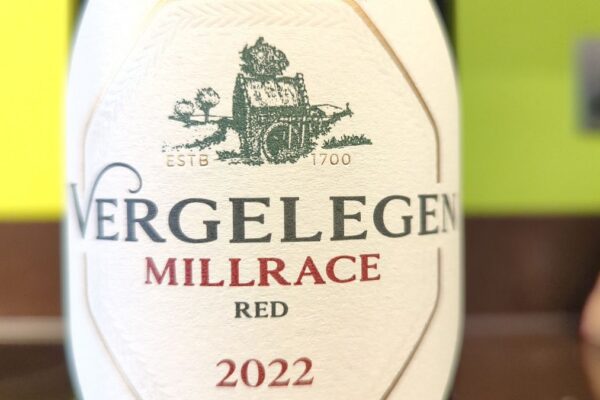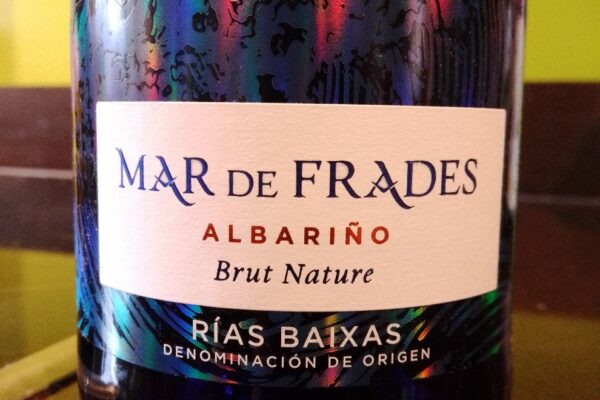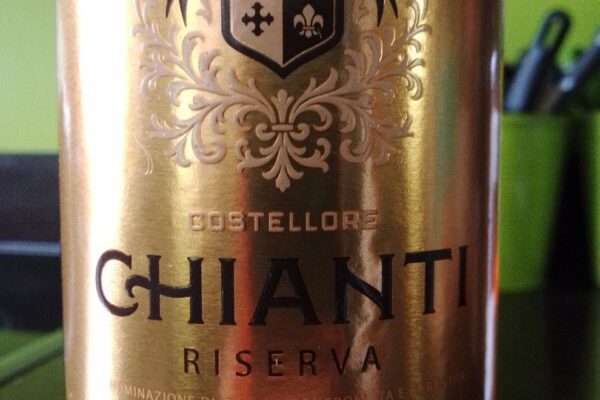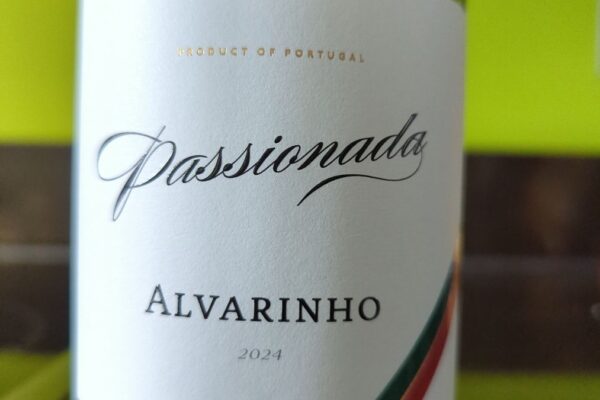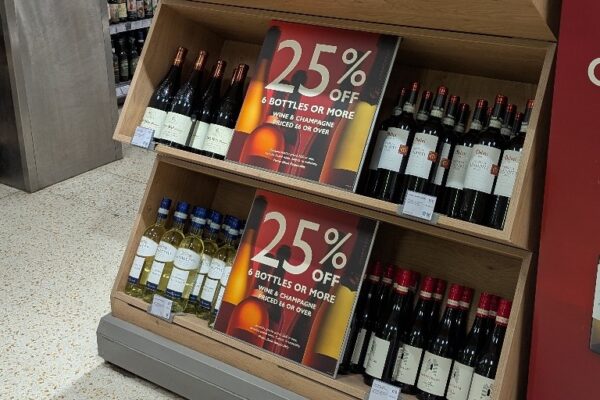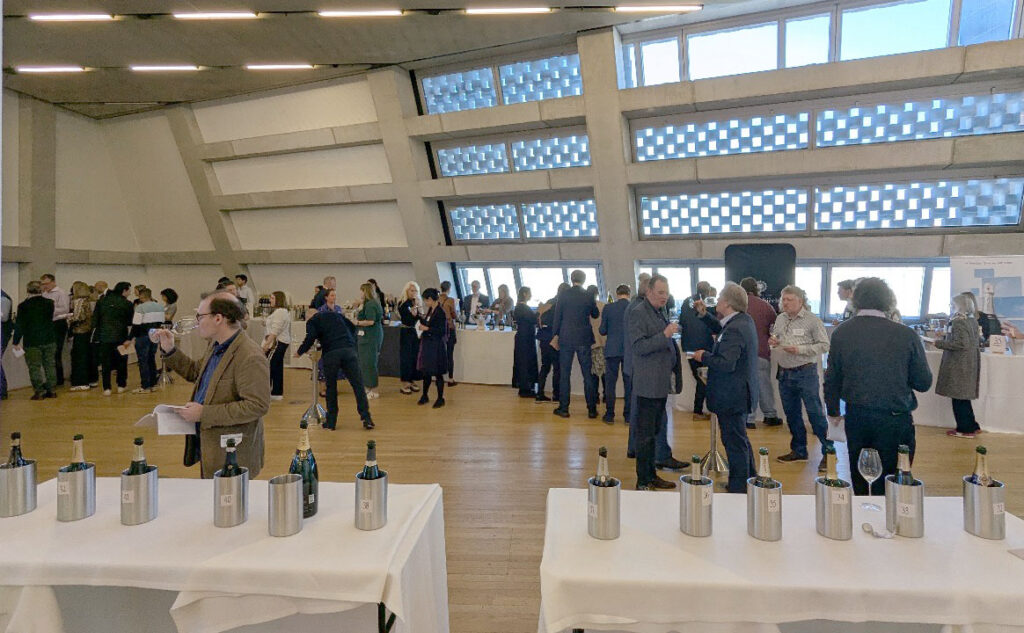
On the first day of April 2025, I attended The Definitive Champagne Tasting, a two-floor event held at the Tate Modern in London. Organised by the UK’s Champagne Shippers’ Association, it marked the first generic Champagne trade tasting in London since 2018. With 51 producers represented, including Champagne houses, cooperatives, and growers, the event featured an impressive selection of 220 wines.
I started the event at the self pour sections, dedicated to non-vintage cuvées from the exhibiting producers. Most of the producers showcased a Non-Vintage cuvée, offering an opportunity to compare and contrast the house styles. When I started the tasting, I wondered if I would be able to differentiate between so many Champagnes. However, I soon fell into a rhythm, mentally labelling wines as too sweet, too dry, too sour, too acidic, too leesy (yeasty) or not so well balanced. Of course, these assessments were based on my own preferences and others will have a different take.
Interestingly, well-known wines I had previously enjoyed, such as those from Taittinger, Bollinger and Lanson, didn’t appeal to me as much during the tasting. When comparing side by side, I became much more discerning. However, in reality, the majority of the wines I tasted would likely be well appreciated in a different context. After the non-vintage wines, I visited the stands of the producers whose wines I had enjoyed, to sample their vintage Champagnes. Most of these vintages stayed true to the house style, often being more intense or showcasing slight nuances. I also explored other producers, but, again perhaps being overly critical, I struggled to find many more to add to my favourites.
Here are the wines that most tickled my taste buds:
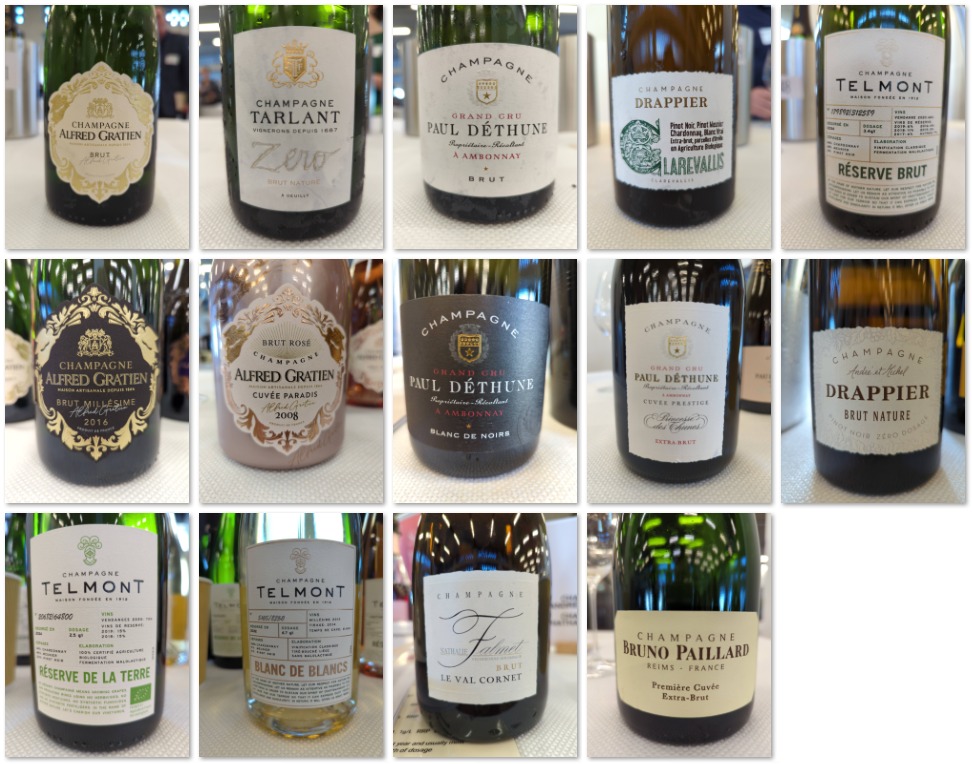
Alfred Gratien Brut (£54) – A blend of 45% Chardonnay, 20% Pinot Noir and 35% Pinot Meunier, fermented in oak. It had a great balance of sweetness, apple fruit, acidity and minerality, with excellent length.
Tarlant Zero Brut Nature (£46) – A blend of Chardonnay, Pinot Noir, Pinot Meunier and 3 further old forgotten white varieties. Based on the 2016 harvest and has 6 years on the less in the bottle. This wine had an excellent brioche and honey aroma and taste, with a very long finish. Its “zero” designation indicated no added sugar, making it a Brut Nature. Interestingly, when I tried it again from a different bottle on the producer’s stand, it tasted a bit different.
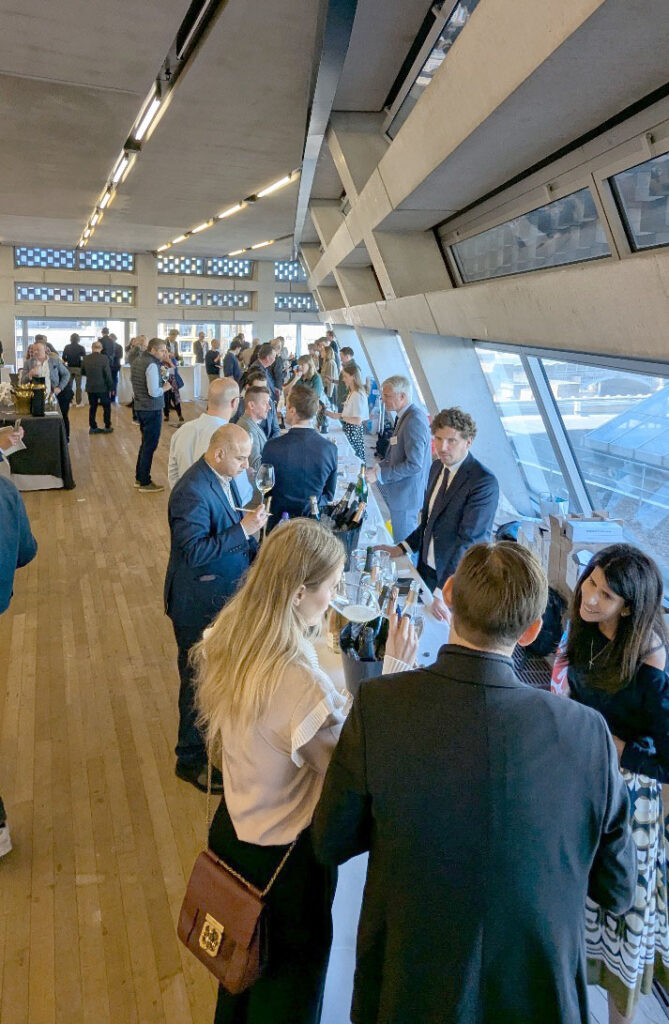
Paul Dethune Brut Grand Cru (£55) – A 70% Pinot Noir and 30% Chardonnay blend, offering a lovely brioche nose and taste, complemented by more citrus acidity.
Drappier Clarevallis (£67) – A 75% Pinot Noir, 10% Pinot Meunier, 10% Chardonnay and 5% Blanc Vrai blend, with no filtering and very little sulphur. This wine was crisp, pure, and lively, with a clean, vibrant taste due to its Brut Nature (zero dosage) style. Drappier’s location in southern Champagne contributed to this wine’s less acidic profile, as the grapes ripen more easily in the milder climate.
Telmont Reserve Brut (£55) – A 40% Chardonnay, 29% Pinot Meunier, and 31% Pinot Noir blend, also undergoing malolactic fermentation. It had a moreish quality, focusing more on taste than aroma and shared similarities with the Tarlant Zero Brut Nature but with a more straw-like taste.
Alfred Gratien Brut Millesime 2016 (£74) – A 63% Chardonnay, 20% Pinot Noir, and 17% Pinot Meunier blend, fermented in oak. It had a similar profile to the Alfred Gratien Brut, but with more intensity and vibrancy.
Alfred Gratien Cuvée Paradis 2008 (£90) – A 65% Chardonnay, 35% Pinot Noir blend, also fermented in oak. This rosé version wasn’t drastically different from the non-rosé wines, offering a subtle variation on the house style.
Paul Dethune Grand Cru Blanc De Noirs (£75) – A 100% Pinot Noir wine, delivering a much more intense version of the Paul Dethune Brut, with full-on brioche and fruit notes.
Paul Dethune Prestige Princesse Grand Cru Extra Brut (£90) – A 50% Chardonnay, 50% Pinot Noir blend, which was softer and rounder than the Blanc De Noirs, but still retained that intensity.
Drappier Brut Nature (£63) – A 100% Pinot Noir wine with a unique Burgundy-style feel, due to its lower acidity, especially from grapes grown in the warmer, southern Champagne region.
Telmont Reserve De La Terre Extra Brut (£77) – Less intense than some others, but it had great balance. This wine is one of only 5% organic Champagnes, which is also notable considering that only 13% of French wine is organic.
Telmont Blanc De Blancs Brut – A 100% Chardonnay wine with a lovely deep ginger finish, complemented by brioche and deep apricot flavours.
Nathalie Falmet Le Val Cornet Brut 2021 (£69) – A 50% Pinot Noir, 50% Pinot Meunier blend, offering a lovely balance.
Bruno Paillard Premiere Cuvée Extra-Brut (£48) – A 45% Pinot Noir, 22% Pinot Meunier, 33% Chardonnay blend, delivering a more restrained, elegant wine that I had previously previewed.
The tasting was a unique opportunity to sample Champagne side by side and it allowed me to discover some producers I hadn’t encountered before, which I’ll be on the lookout for in the future. It also introduced me to Brut Nature Champagne, with zero dosage, which I had not fully appreciated before.





